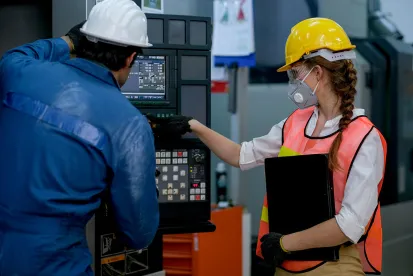The Occupational Safety and Health Administration (OSHA) had announced this spring its intention to implement a new heat illness standard that will apply to indoor environments. Now, the U.S. Department of Labor has announced “enhanced and expanded” efforts to address heat-related illnesses as part of the Biden Administration’s commitment to workplace safety, climate resilience, and environmental justice.
As a part of these efforts, OSHA will:
-
Implement an enforcement initiative on heat-related hazards for days with a heat index that exceeds 80 degrees Fahrenheit;
-
Develop a National Emphasis Program on heat inspections;
-
Launch a rule-making process to develop a workplace heat standard; and
-
Form a National Advisory Committee on Occupational Safety and Health Heat Injury and Illness Prevention Work Group.
OSHA is expected to issue an Advance Notice of Proposed Rulemaking on heat injury and illness prevention in both indoor and outdoor work environments in October 2021. While the scope of the National Emphasis Program on heat inspections and the National Advisory Commission on Heat Injury and Illness Prevention have not yet been released, OSHA has indicated the purposes of each will be to target heat inspections in high-risk industries and address heat-related illnesses and injuries.
While awaiting specifics, manufacturing facilities can expect to see an uptick in enforcement efforts and inspections on days when the heat index exceeds 80 degrees Fahrenheit. Some areas that typically do not see high temperatures have been experiencing record hot days lately, resulting in problems for workers who are unaware or inexperienced when it comes to dealing with the heat.
Some steps that can be taken include, but are not limited to:
-
Employing an acclimatization process where an individual gradually increases their exposure time in hot environmental conditions;
-
Encouraging or mandating employees take regular breaks for rest or shade;
-
Supplying water; and
-
Training employees on heat-related illnesses, including how to spot common symptoms, and what to do when a worker suspects a heat-related illness is occurring.
As the fall and winter seasons approach across the United States, manufacturing facilities can take steps to address and implement measures to ready for OSHA’s enforcement initiative when the warmer months arrive.





 />i
/>i

